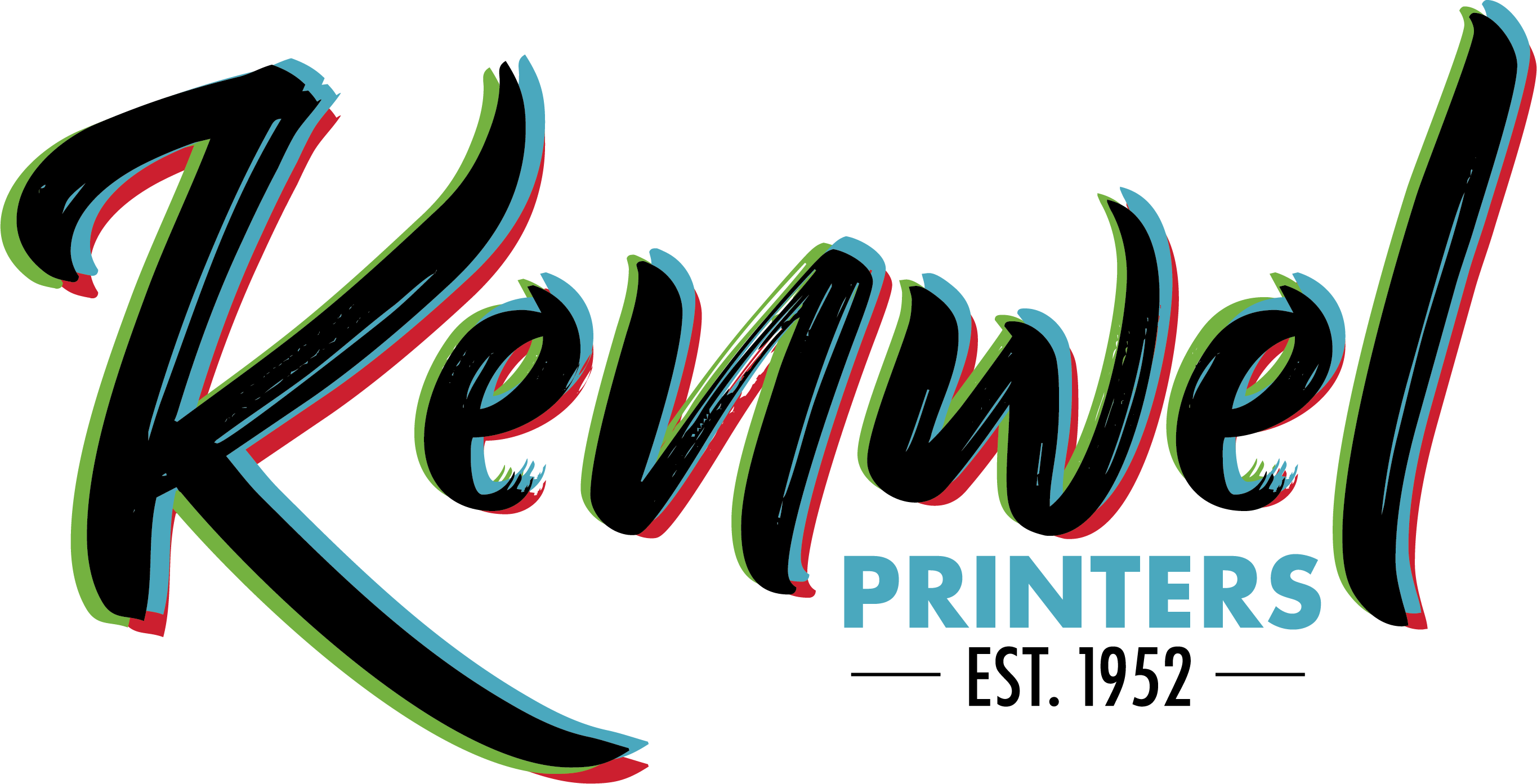Save time, money, and frustration with proper preparation and submission of your graphics for printing. Avoid these common problems when sending your graphics.
-
- Missing graphics — Missing graphics can result in delayed printing or, if you don’t proof carefully enough, can result in an expensive error when you find out after your project is printed that the image is missing for the design or that a low-resolution screen version was printed instead. Tip: Graphics may appear to be missing if you change file names after linking. If you find that you need to change the name of a graphic file, re-link it in your page layout program before sending the graphics and application file.
- Font(s) missing from EPS graphics — If you have embedded EPS files that include text, be sure to send the fonts for those images as well as for your overall project. Tip: Generally it is best to convert the text to curves, but sometimes this can alter the image in undesired ways. If that’s the case, you must send the font files for that text along with the graphic.
- EPS and TIFF — EPS for vector images and TIFF for bitmapped are the preferred format for high resolution printing. Native graphics formats from standard programs such as Adobe Illustrator (.ai) or Photoshop (.psd) are acceptable. For Windows Users about WMF: if you cut-and-paste images from other applications (such as PowerPoint images or Excel charts), you may end up with a Windows Metafile (WMF) graphic embedded in the page. Often these WMF files print with the wrong colors or with changes in line weights (e.g., lines may disappear or may print thicker than expected). To avoid this, copy these types of images into a graphics program first and convert to EPS.
- Image Formats to Avoid — GIF and JPG images taken from the Web have resolutions that are unfortunately too low for printing. Typically web images are sized at 72-150 ppi to afford faster load time in browsers. Screen images follow an RGB color format, too, which is not designed for PostScript color printing. Please avoid sending GIF, JPG, WMF, BMP, PICT, and other formats without speaking with us first.
- RGB vs. CMYK — RGB images may look great on screen or printed on your inkjet printer, but they often don’t print well to PostScript output devices. Convert your images to CMYK. While RGB has its place (on the Web, for example) it isn’t suitable for most PostScript color printing. Tip: Save your original RGB file for later use or modifications. In your graphics application convert a copy of the RGB graphic to CMYK then place it in your page layout program. Send us the CMYK version of your graphic. You may like to read more about this in our FAQ: Why do I see a difference between my screen and printed version?
Have further questions for Prepress?
Call 614.261.1011 or send us email via our Contact Us form. Check first, design once! Call before you start and you’ll be on the right track to a wonderful product.
